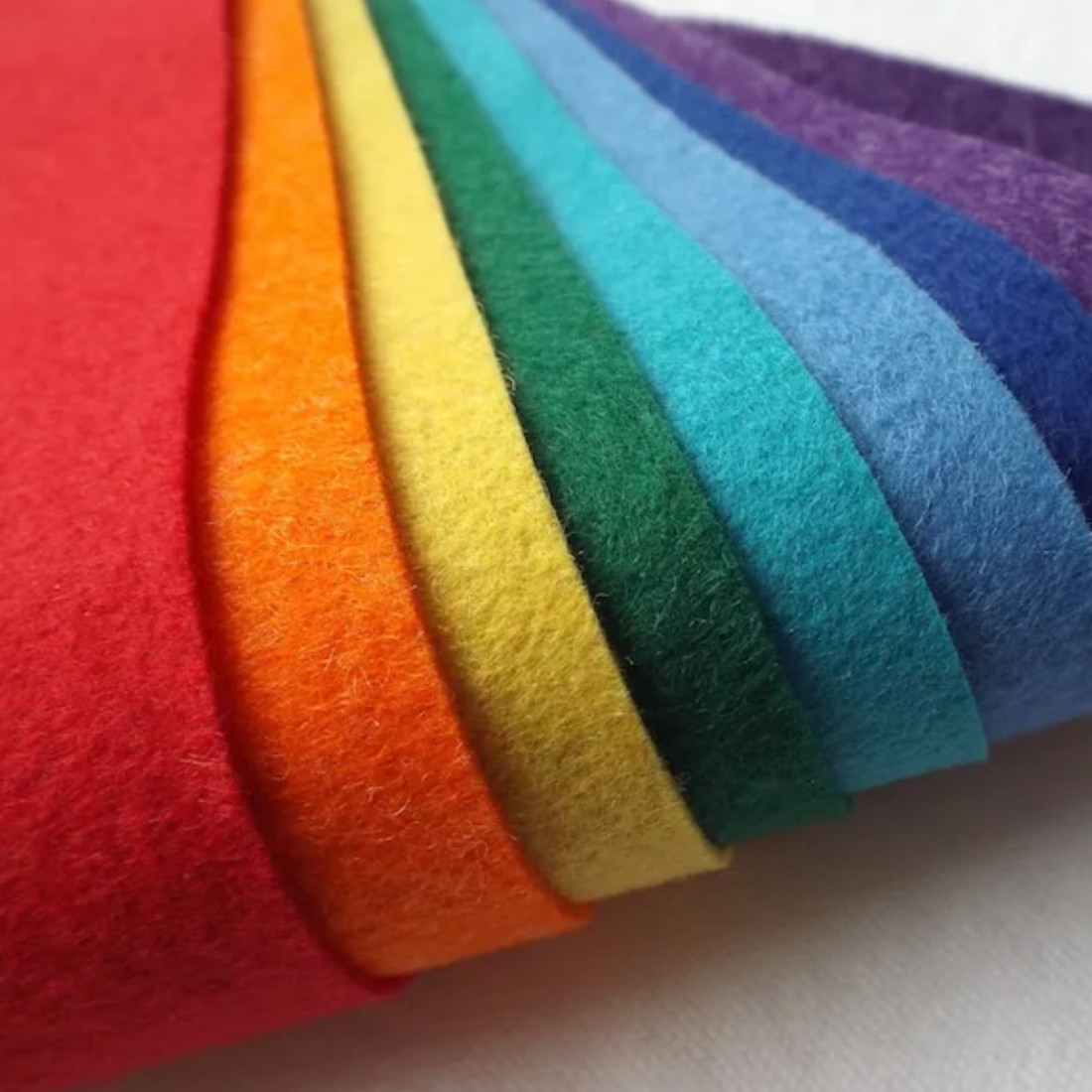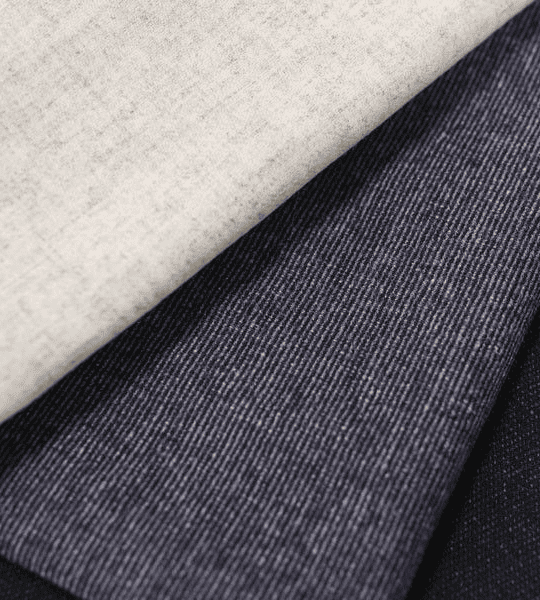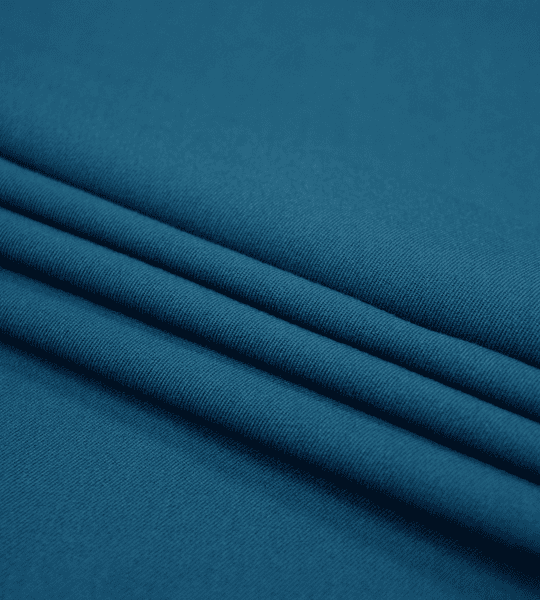Suits
Suit fabrics include many different fabrics, the purpose of which is determined by the name. Such clothing is prevalent in the business sector and it is usually required in the formal dress code.
Specification
Article: Cloth
Composition: 100% wool
Width: 150+-2 cm
Surface density: from 135+-5 to 360 gsm
Color: plain dyed (order for color/design from 1500 RMT)
Specification
Article: Suit
Composition: from 25% to 95% wool with the addition of elastanes
Width: 150+-2 cm
Surface density: from 135+-5 to 360 gsm
Color: plain dyed (order for color/design from 1500 RMT)
Specification
Article: Suit polyviscose
Composition: 35% viscose also with the addition of elastane, 65% polyester fibers
Width: 150+-2 cm
Surface density: from 135+-5 to 360 gsm
Color: plain dyed (order for color/design from 1500 RMT)




